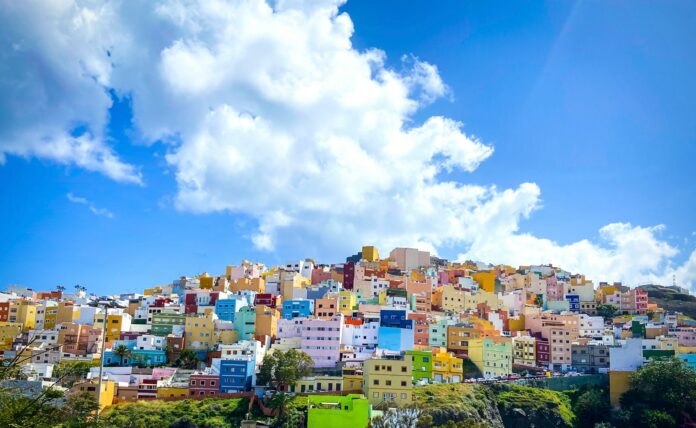Ideal for those who think a weekend ramble in the Peak District is just warming up…
There’s something deliciously mad about attempting to walk across an entire continent. While most of us struggle to maintain enthusiasm for a gym membership past February, there exists a peculiar breed of human who looks at a map spanning thousands of kilometres and thinks: “Yes, I’ll walk that.”
These are the trails that separate the weekend warriors from the genuinely unhinged, routes so long they’re measured in months rather than miles, where ‘packing light’ still means carrying your life on your back.
But here’s the thing: even if you never attempt their full length, these megalithic trails offer something profound. They’re not just paths through wilderness; they’re threads connecting cultures, ecosystems, and histories. You can tackle them in sections, turning that two-week annual leave into a chance to tick off a portion of something legendary. Or you can quit your job, sell your car, and disappear into the wild for half a year. We’re not here to judge. Here are 5 of the world’s longest hiking routes.
The Appalachian Trail, USA: 3,500km Of American Dreaming
Let’s start with the grandfather of long-distance trails, the one that launched a thousand hiking memoirs. Stretching from Georgia to Maine, the Appalachian Trail winds through 14 states and approximately 87,000 elevation changes (slight exaggeration, but it’ll feel accurate around Pennsylvania).
The AT, as veterans call it, takes most hikers five to seven months to complete. You’ll start among the dogwoods of Springer Mountain in March or April, racing spring northward, and if all goes well, you’ll summit Mount Katahdin in Maine before October snows close the trail. Along the way, you’ll develop a trail name (probably something embarrassing involving bodily functions), consume your body weight in instant noodles, and smell worse than you thought humanly possible.

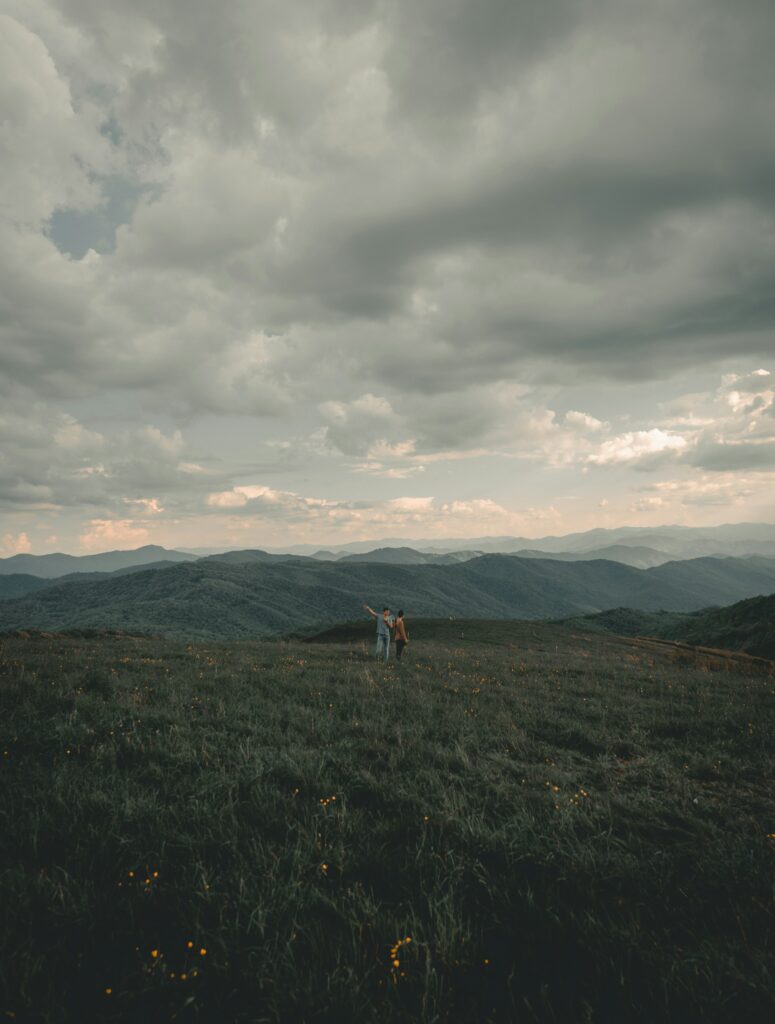
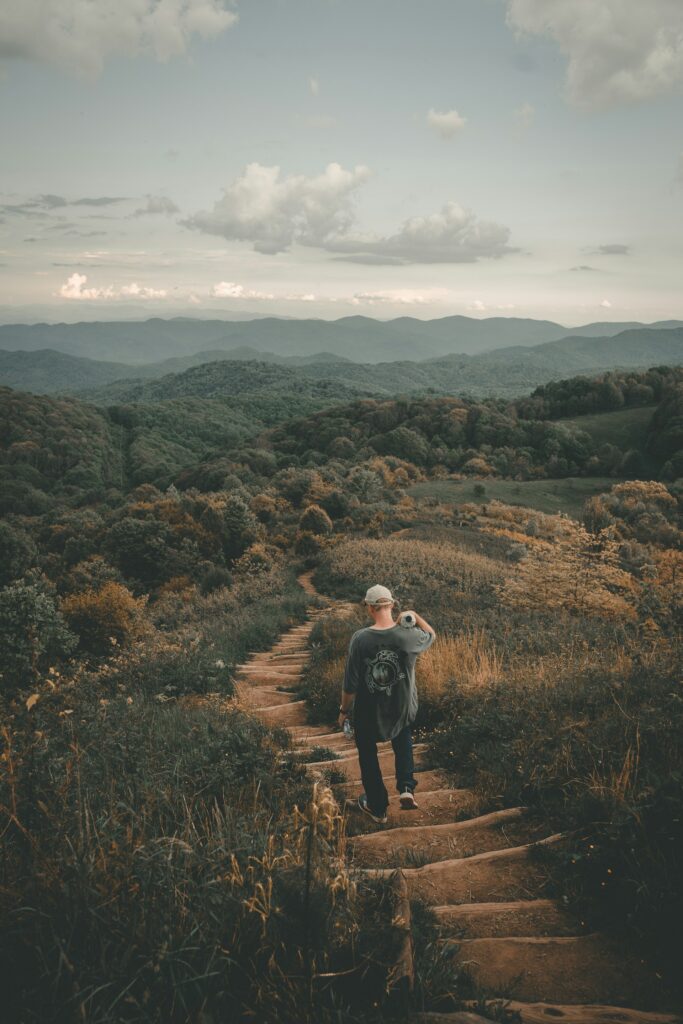
What makes the AT special isn’t just its length but its culture. Trail towns dot the route like resupply video game checkpoints, each with hostels catering to hikers’ needs for cheap beds, hot showers, and enormous quantities of food. The trail community is legendarily supportive: ‘trail angels’ leave water caches at road crossings, offer rides to town, and sometimes magic up cold beers just when you need them most.
The terrain varies wildly. Virginia’s gentle ridges lull you into complacency before Pennsylvania’s rocks destroy your feet. The White Mountains of New Hampshire will make you question your life choices, while Vermont’s Green Mountains restore your faith. By the time you reach Maine’s legendary Hundred-Mile Wilderness, you’re either invincible or insane. Possibly both.
Te Araroa, New Zealand: 3,000km From Beach To Beach
If the Appalachian Trail is about finding yourself in the woods, Te Araroa is about finding yourself while fording rivers, climbing volcanos, and walking along actual roads more often than you’d expect. This trail only officially opened in 2011, making it the youngster of the bunch, but what it lacks in age it makes up for in sheer variety.
Starting (or ending, depending on your preference) at Cape Reinga, where Māori spirits depart for the afterlife, the trail traverses both North and South Islands. You’ll walk along ninety-mile beach (yes, actually on the beach, for days), through Auckland’s suburbs, past Tolkien’s film sets, and eventually to Bluff at the bottom of the South Island, presumably wondering why you didn’t just take the bus.
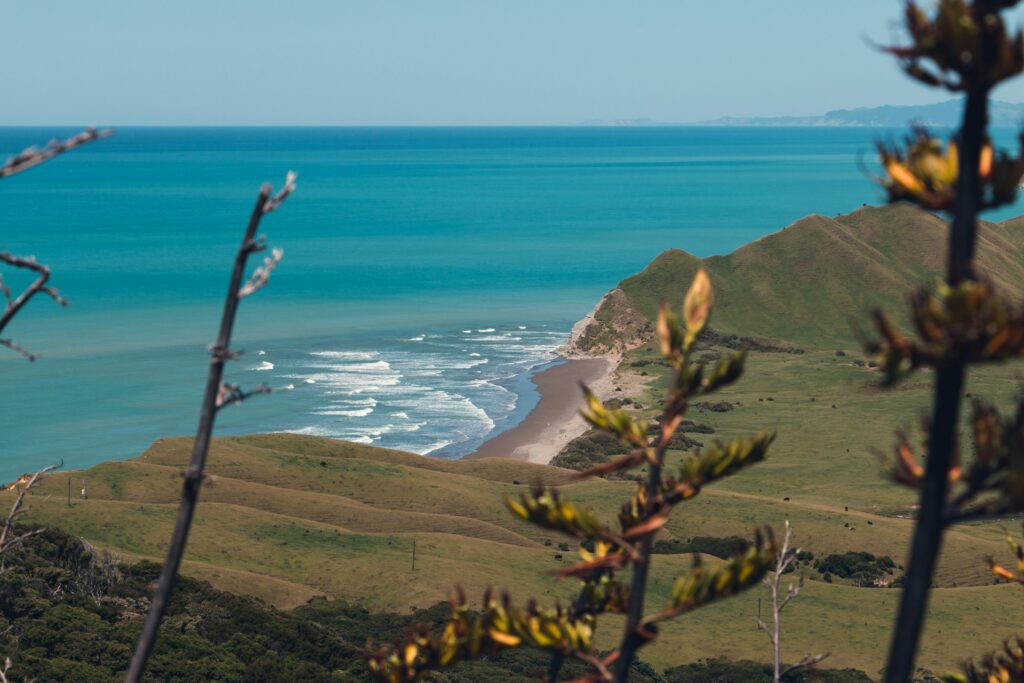
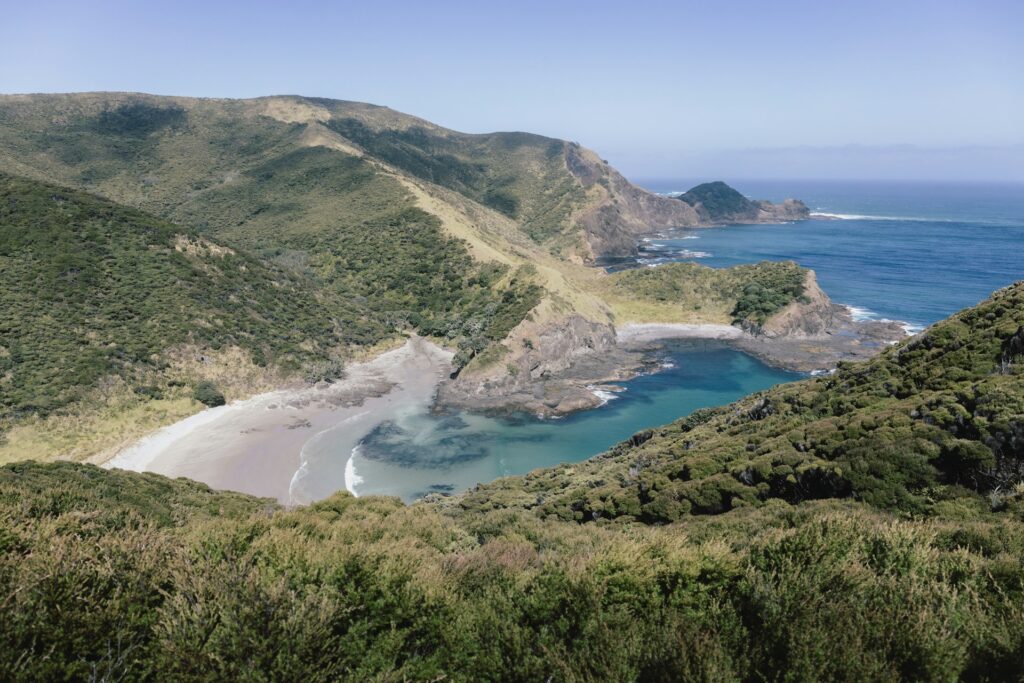
The North Island section includes the Tongariro Alpine Crossing, arguably one of the world’s best day hikes, while the South Island serves up the Richmond Ranges, where you’ll understand why New Zealand produces so many hardy outdoors types. River crossings are frequent, occasionally terrifying, and the reason why many hikers skip sections during spring melt.
What sets Te Araroa apart is its requirement for flexibility. Unlike trails through pure wilderness, this one negotiates with civilisation. You’ll walk through farms (following orange markers and hoping that bull is friendly), along highways (wearing high-vis and questioning your sanity), and through towns where locals are still getting used to bedraggled hikers trudging past their gardens.
Read: 7 tips for first time visitors to New Zealand
The Continental Divide Trail, Usa: 4,989km Of The Suffering & The Sublime
If the Appalachian Trail is the friendly golden retriever of American thru-hikes, the Continental Divide Trail is the wolf that might eat you. Following the Rocky Mountains from Mexico to Canada, the CDT is the longest, highest, and most challenging of America’s Triple Crown trails.
This is wilderness with intent to harm. The trail often isn’t a trail at all but a vague suggestion that you should probably go that way-ish. GPS is essential, as is the ability to navigate by map and compass when your electronics inevitably fail. You’ll climb to altitudes where breathing becomes an achievement, cross snowfields in July, and encounter grizzly bears who view you as a walking snack bar. Proper preparation is, putting it mildly, essential.
But oh, the rewards. The CDT offers solitude that’s increasingly rare on popular trails. You might walk for days without seeing another human, just you and the pikas and the endless sky. The views from the Divide are consciousness-altering: watching storms split around the continental backbone, seeing both sunrise and sunset from the same ridge, understanding why Native Americans considered these peaks sacred.
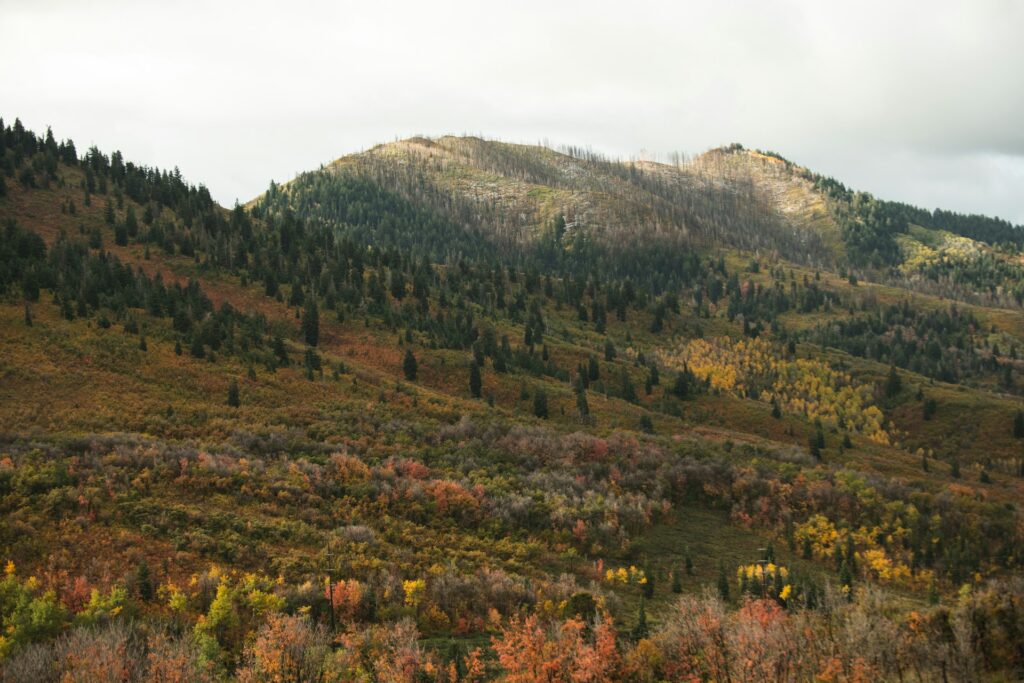
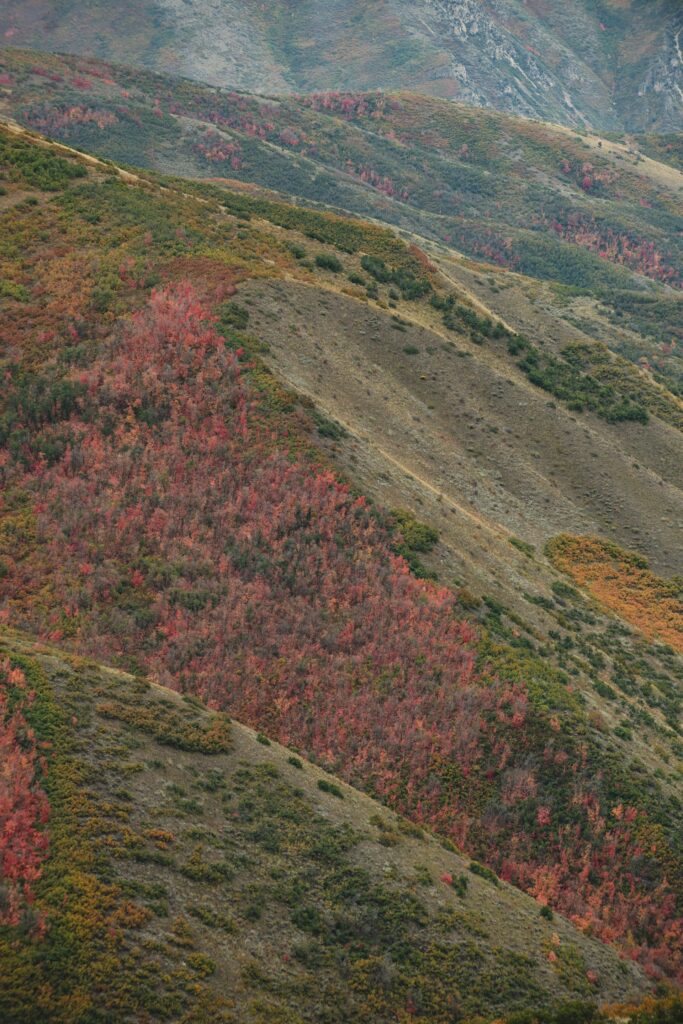
Water is the constant concern. The Divide, by definition, sends water away from you in both directions. New Mexico’s desert sections require careful planning and possibly some prayer to whatever deity oversees dehydrated hikers. Colorado’s fourteen-thousand-foot peaks test your lungs. Montana’s Glacier National Park provides the grand finale, assuming the snow has melted enough to make it passable.
The Camino de Santiago, Spain: 780km Of Pilgrimage & Pinot
Not all long trails require you to filter your water from bear-contaminated streams. The Camino de Santiago, particularly the Camino Francés from Saint-Jean-Pied-de-Port to Santiago de Compostela, offers a gentler sort of epic, one where your daily suffering is rewarded with wine, proper beds, and indoor plumbing.
This ancient pilgrimage route has been walked for over a thousand years, and it shows. The infrastructure is unparalleled: albergues (pilgrim hostels) appear every few kilometres, arrows and shells mark every turn, and you’re never more than a day’s walk from medical help or a decent restaurant. This accessibility makes it perfect for self guided walking holidays, where you can carry just a daypack while your luggage magically appears at your next hotel.
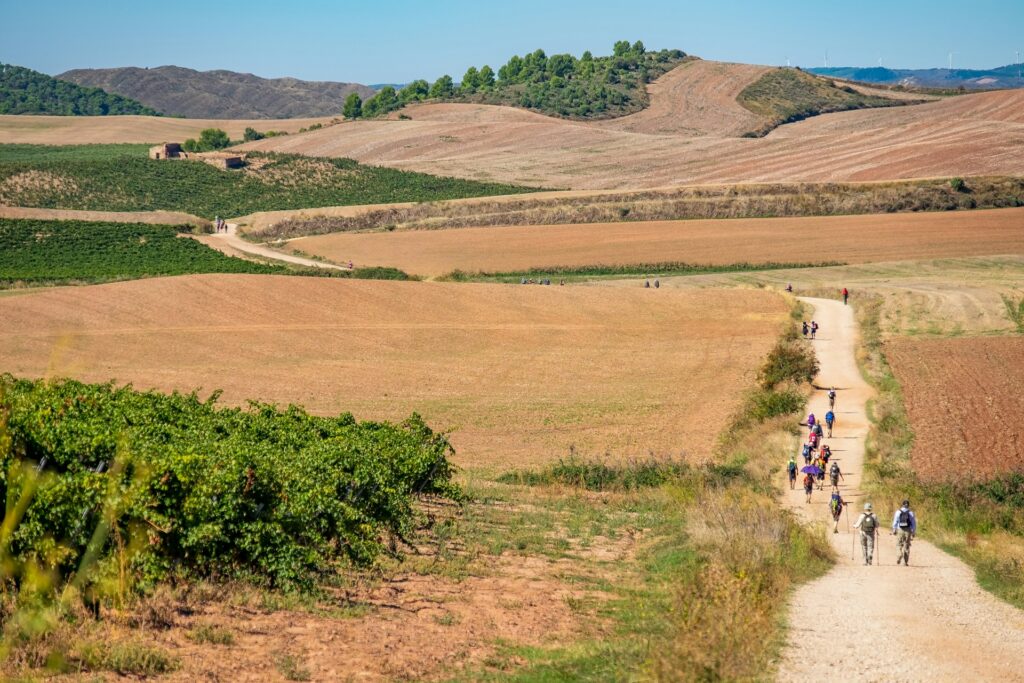
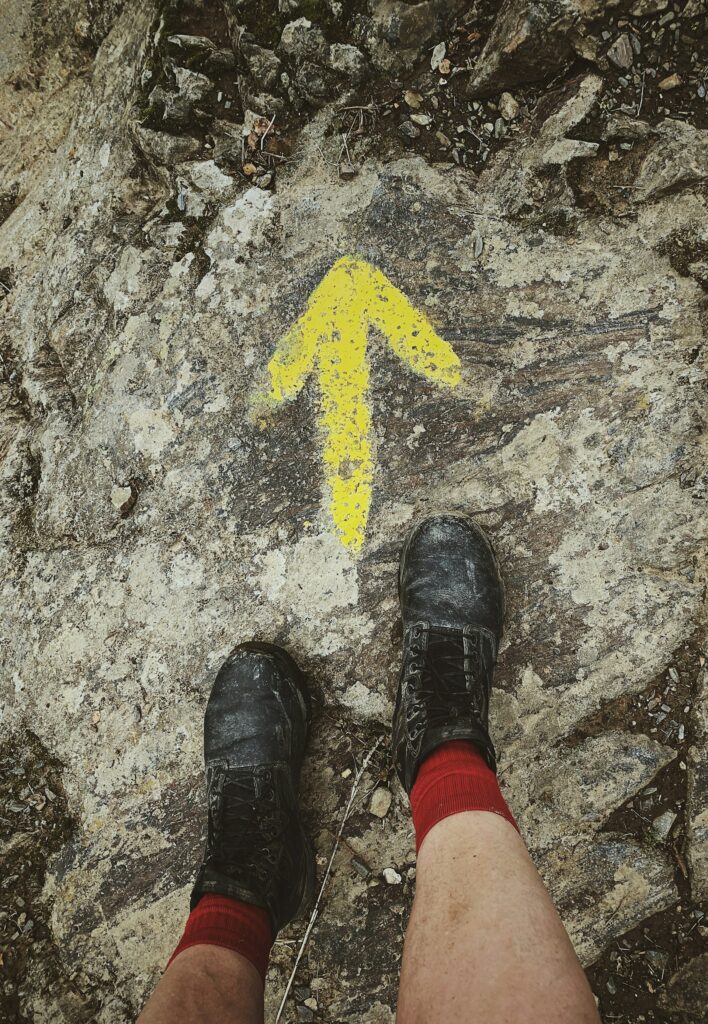
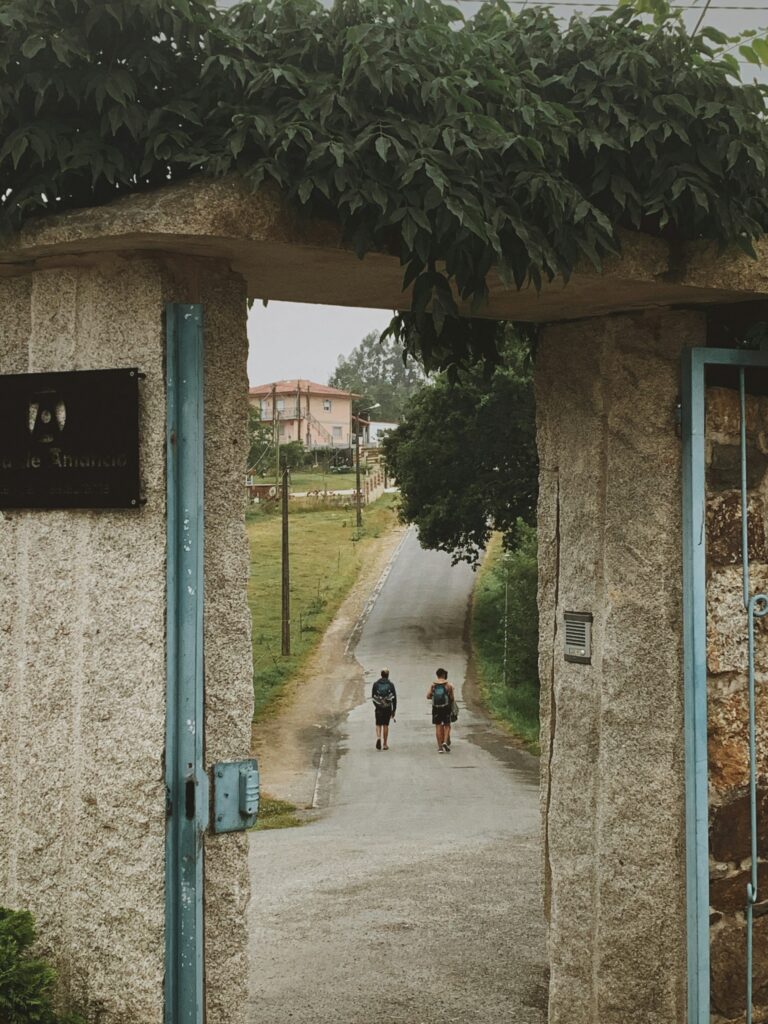
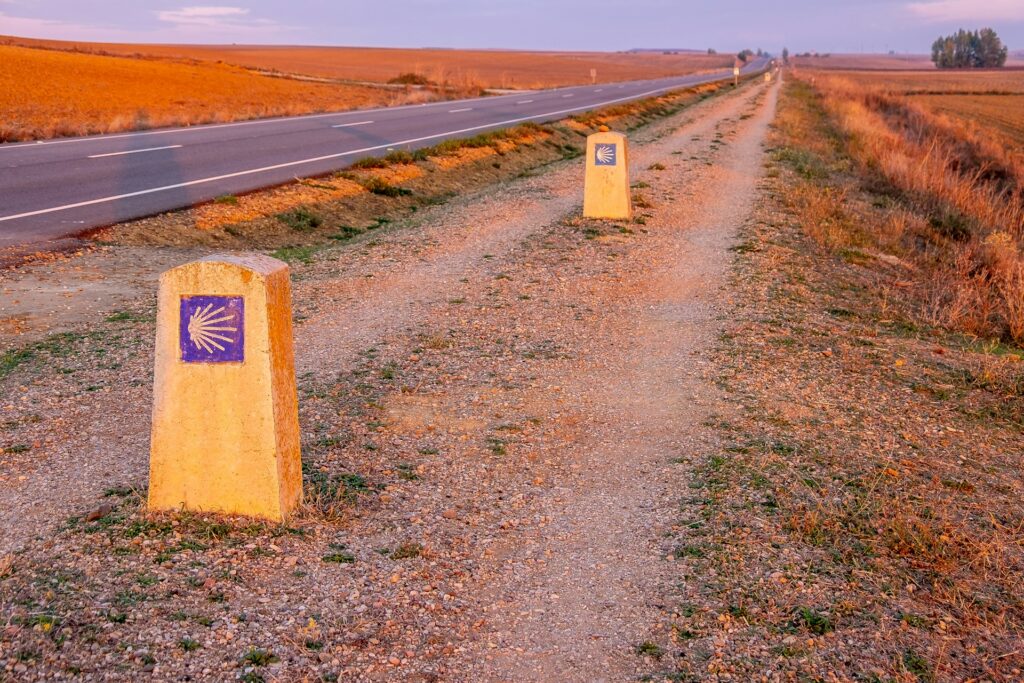
The Camino’s genius lies in its democracy. You’ll meet eighteen-year-olds on gap years, recently divorced fifty-somethings seeking clarity, and octogenarians proving something to themselves or God. The communal dinners in albergues create instant friendships. The shared suffering of the meseta (that endless, shadeless plateau that breaks spirits around day ten) bonds people like wartime service.
Starting in the French Pyrenees, you’ll climb through Basque country, traverse the wine regions of La Rioja (dangerous for different reasons), and walk the endless wheat fields of Castilla y León. The final approach through Galicia’s eucalyptus forests feels like entering another world. When you finally see Santiago’s cathedral spires, you’ll understand why people cry.
Read: The key stops along the Camino de Finisterre that you shouldn’t miss
The Great Himalaya Trail, Nepal: 1,700km Of The World’s Highest Hiking
For those who find normal trails insufficiently life-threatening, Nepal offers the Great Himalaya Trail. This route connects the country’s eastern and western borders via the highest walkable path, regularly crossing passes above 5,000 metres where the air contains half the oxygen your body prefers.
The high route (because of course there are multiple routes) takes about 150 days and requires mountaineering experience, excellent fitness, and probably a mild death wish. You’ll need permits for restricted areas, a support team for logistics, and the ability to cope when altitude makes simple tasks feel heroic.
But this trail offers something no other can: a traverse of the world’s highest mountain range. You’ll walk beneath eight-thousand-metre peaks, through valleys that weren’t mapped until the 1950s, past villages where you’re possibly the first foreign visitor this year. The cultural diversity is staggering, from Hindu communities in the lower valleys to Tibetan Buddhist villages near the Chinese border.
The logistics alone could fill a book. Food resupply in remote valleys requires careful planning or expensive helicopter drops. Weather windows are brief and unforgiving. Acute mountain sickness is a constant threat. Yet those who complete it join an elite club of perhaps a few dozen people who’ve walked the length of Nepal above the clouds.
Read: 9 local dishes to try on your holiday to Nepal
The Journey, Not The Destination (But Also the Destination)
These trails ask more than most of us can give. They demand months of our lives, thousands of pounds in gear and resupply, and a mental fortitude that makes marathon running look like a warm-up. They’ll test your relationships, your pain tolerance, and your ability to eat the same freeze-dried meal for the hundredth time while maintaining sanity.
But they offer something invaluable in return: the knowledge that you can walk across a continent, that your body is capable of extraordinary things, that the modern world’s complications can be reduced to the beautiful simplicity of walking from here to there. Even if you only ever hike sections, joining these trails connects you to something ancient and essential, the human impulse to see what’s over the next hill, and the next, and the next.
So start planning. Or start walking. Because these trails aren’t getting any shorter, and neither are our lives. Though after a few thousand kilometres, you might wish both were.
A little closer to home, check out these 12 of the best rambles in the UK for something more manageable!





